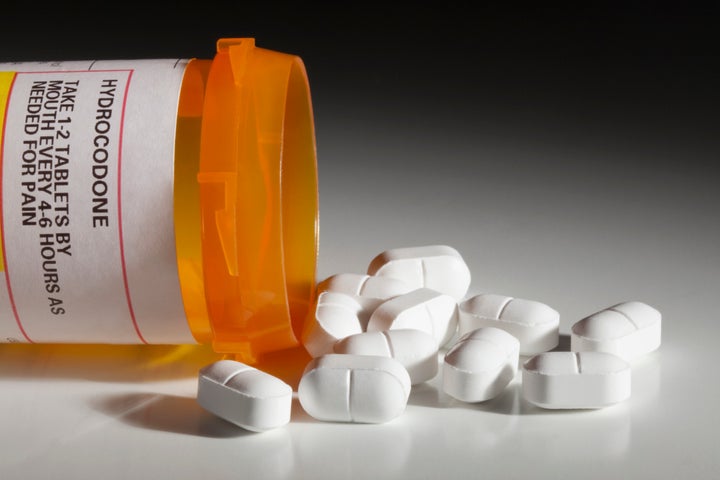
Opioid overdose deaths are at a record high in the U.S., and deaths from prescription painkillers, including oxycodone, hydrocodone and methadone, are implicated in almost half of all cases. Less well known is the fact that benzodiazepines, such as Xanax and Valium, prescription tranquilizers used to treat anxiety, insomnia and seizures, are involved in about 30 percent of those prescription opioid deaths, perhaps due to deadly interactions.
Even though it’s well known that opioids and benzodiazepines can have potentially dangerous interactions when taken together, and the U.S. Centers for Disease Control and Prevention recommends against taking both at the same time, a new analysis by researchers at Stanford University School of Medicine shows that doctors are prescribing them together at increasing rates. In 2001, 9 percent of opioid users also filled prescriptions for benzodiazepines, and that increased to 17 percent in 2013.
If doctors can stop prescribing both drugs at the same time, the U.S. will see at least a 15 percent reduction of overdoses that result in hospitalization, according to the Stanford study, and this applies to people who use opioids long term or occasionally.
“Even patients who don’t use ‘heavy’ amounts of opioid are also at higher risk when they also use a benzodiazepine,” said lead researcher Eric Sun, of Stanford University School of Medicine. “So physicians should be cautious even with patients who don’t use opioids chronically.”
To Sun’s knowledge, his is the first study to estimate rates of opioid-benzodiazepine overdoses that require hospitalization.
The risks of taking both drugs at the same time
The study included a large, representative sample of 315,000 privately insured people who had filled at least one prescription for an opioid from 2001 to 2013.
The researchers found that compared with people who just used opioids, those who used opioids and benzodiazepines had more than double the odds of an opioid overdose. When broken down into frequency of opioid use, the risks were heightened whether or not someone was an occasional opioid user (42 percent) or a long-term opioid user (81 percent).
One well-known side effect of opioids is that it suppresses the body’s breathing reflexes. Benzodiazepines have a similar effect, which means that a person using both is even less likely to breathe normally, Sun explained.
“You can imagine that having this breathing drive taken away or severely reduced could lead to serious health consequences,” he said. “When you hear about people dying from opioid overdose, this is one of the main underlying mechanisms.”
He estimates that if the medical community would stop prescribing both drugs at the same time, it could reduce opioid overdoses by 15 percent. However, Sun’s study doesn’t include people on public insurance, like Medicare or Medicaid, or those without insurance. Including these populations may change that percentage, he said, although he isn’t sure how.
How to stop dangerous drug interactions
In addition to a doctor being simply too busy to check a patient’s other prescriptions before recommending a new medication, there is evidence that people with chronic pain or recovering from an opioid addiction may also be more likely to have anxiety, which may lead to a benzodiazepine prescription.
Previous research on the combination of opioids and benzodiazepines has found that it’s a problem both in the U.S. and around the world. One study notes that 47 percent of people enrolled in a methadone treatment program in Spain were also using benzodiazepines, as did 52 percent of people in a Swiss methadone program.
In August 2016, the U.S. Food and Drug Administration released a “black box” warning (the agency’s strongest warning of life-threatening risk) against concurrent use of both kinds of drugs, partially in response to a citizen’s petition calling on the agency to change the labels for both opioids and benzodiazepines. Sun is hopeful that this new warning will bring down prescription and use rates for the drugs.
But in an op-ed published alongside Sun’s study, health policy expert Pinar Karaca-Mandic of the University of Minnesota says that guidelines and warnings may not be enough to quickly stem the tide of opioid-benzodiazepine overdoses and that doctors should be incentivized to avoid dangerous combination prescriptions. Alerts could also be built into electronic health record systems, Karaca-Mandic writes.
The Stanford study was published Tuesday in The BMJ.
This reporting is brought to you by HuffPost’s health and science platform, The Scope. Like us on Facebook and Twitter and tell us your story: scopestories@huffingtonpost.com.